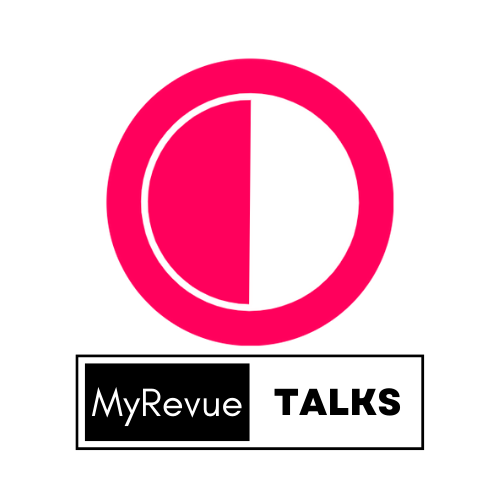Harnessing User-Generated Content for Effective Brand Storytelling
By incorporating UGC into brand narratives, brands can create compelling stories that resonate with their audience.

Written by Shivangi
Updated on 05/07/2023
<p class="MsoNormal">User-generated content (UGC) can be a powerful tool for
effective brand storytelling. By incorporating UGC into brand narratives,
brands can create compelling stories that resonate with their audience. Here's
how to harness UGC for effective brand storytelling:<o:p></o:p></p><p class="MsoNormal"><br></p>
<p class="MsoNormal">Curating Authentic Stories: UGC allows brands to gather
authentic stories from real customers. By curating UGC that aligns with the
brand's values and messaging, brands can showcase diverse experiences,
perspectives, and testimonials. These authentic stories add credibility to the
brand's narrative, making it more relatable and engaging for the audience.<o:p></o:p></p><p class="MsoNormal"><br></p>
<p class="MsoNormal">Showcasing Real-Life Experiences: UGC enables brands to go
beyond their own marketing messages and show real-life experiences of
customers. By featuring UGC that captures moments, challenges, successes, or
transformations related to the brand, brands can bring their products or
services to life in a meaningful way. This storytelling approach humanizes the
brand and establishes an emotional connection with the audience.<o:p></o:p></p><p class="MsoNormal"><br></p>
<p class="MsoNormal">Leveraging Visual Content: UGC often includes visual
elements such as photos and videos. Visual content has a strong impact on
storytelling, as it can evoke emotions, capture attention, and convey messages
effectively. Brands can leverage visual UGC to enhance their storytelling by
incorporating compelling visuals that align with their brand identity and
narrative.<o:p></o:p></p><p class="MsoNormal"><br></p>
<p class="MsoNormal">Inviting User Participation: Brands can actively involve
their audience in the storytelling process by encouraging user participation.
By soliciting UGC submissions, brands can invite customers to share their own
stories or experiences related to the brand. This user participation not only
generates a wealth of UGC but also fosters a sense of community and
co-creation, making the audience feel like an integral part of the brand's
story.<o:p></o:p></p><p class="MsoNormal"><br></p>
<p class="MsoNormal">Engaging with UGC Creators: Brands can engage directly with
UGC creators to deepen the storytelling experience. By responding to UGC,
featuring it on their website or social media channels, or even collaborating
with creators for further content creation, brands can show appreciation and
build stronger connections with their customers. This engagement reinforces the
brand's commitment to its audience and creates a sense of loyalty and advocacy.<o:p></o:p></p><p class="MsoNormal"><br></p>
<p class="MsoNormal">Integrating UGC Across Channels: To maximize the impact of
UGC in brand storytelling, it's crucial to integrate it across multiple channels
and touchpoints. Brands can feature UGC on their website, social media
platforms, email campaigns, advertisements, and even offline marketing
materials. By consistently incorporating UGC into various brand communications,
brands can reinforce their story and amplify its reach.<o:p></o:p></p><p class="MsoNormal"><br></p>
<p class="MsoNormal">Emphasizing Brand Values and Impact: UGC can be used to
highlight the brand's values and the positive impact it has on customers'
lives. By featuring UGC that showcases how the brand aligns with customers'
values, solves their problems, or makes a difference, brands can strengthen
their storytelling around core messages and build a narrative that resonates
with the audience on a deeper level.<o:p></o:p></p><p class="MsoNormal"><br></p>
<p class="MsoNormal">Incorporating UGC into brand storytelling allows brands to
tap into the authentic experiences and voices of their customers. By curating
and leveraging UGC effectively, brands can create a powerful narrative that
engages, inspires, and connects with their audience, ultimately building a
strong brand identity and fostering long-term customer loyalty.<o:p></o:p></p>
<p class="MsoNormal"><o:p> </o:p></p>
